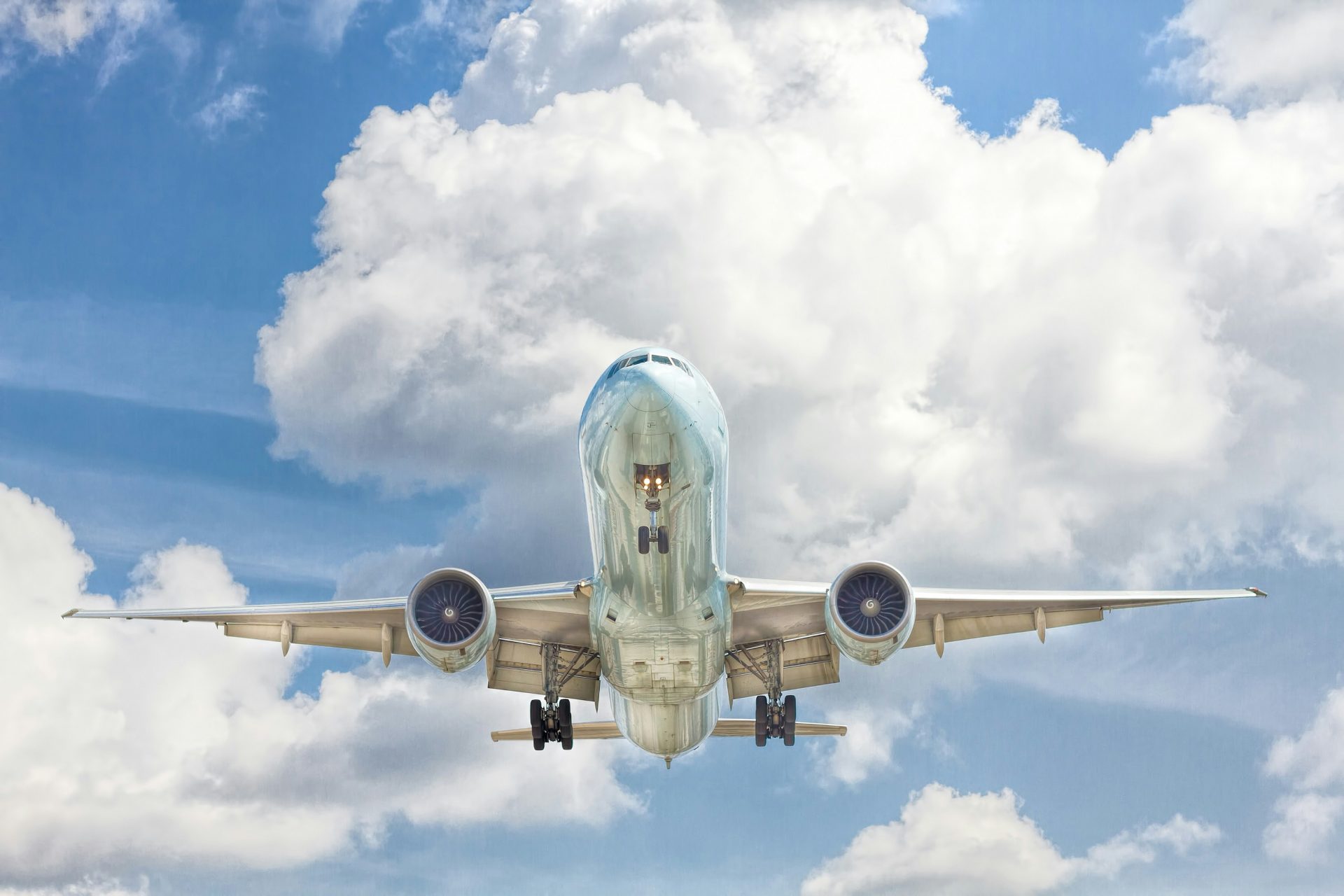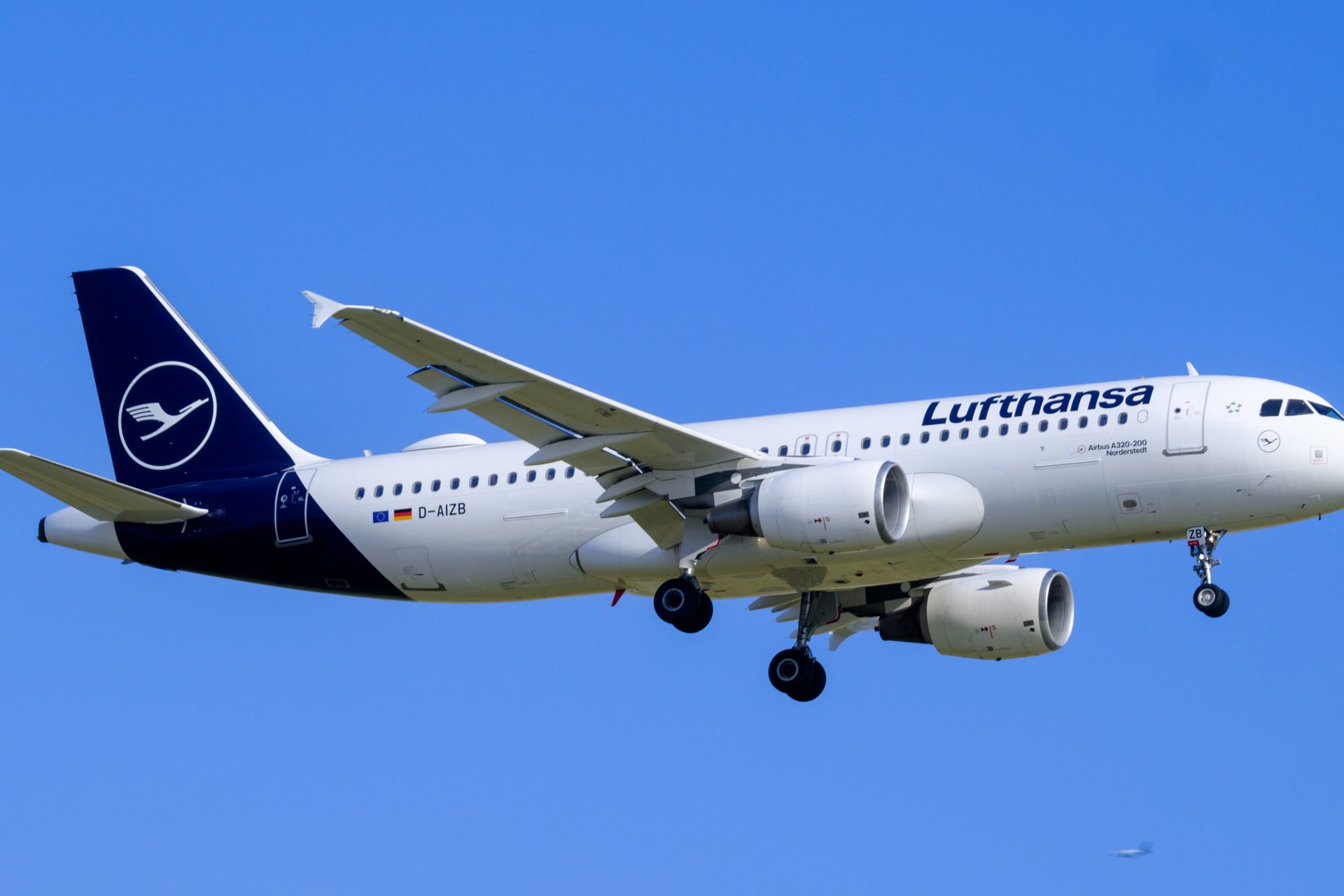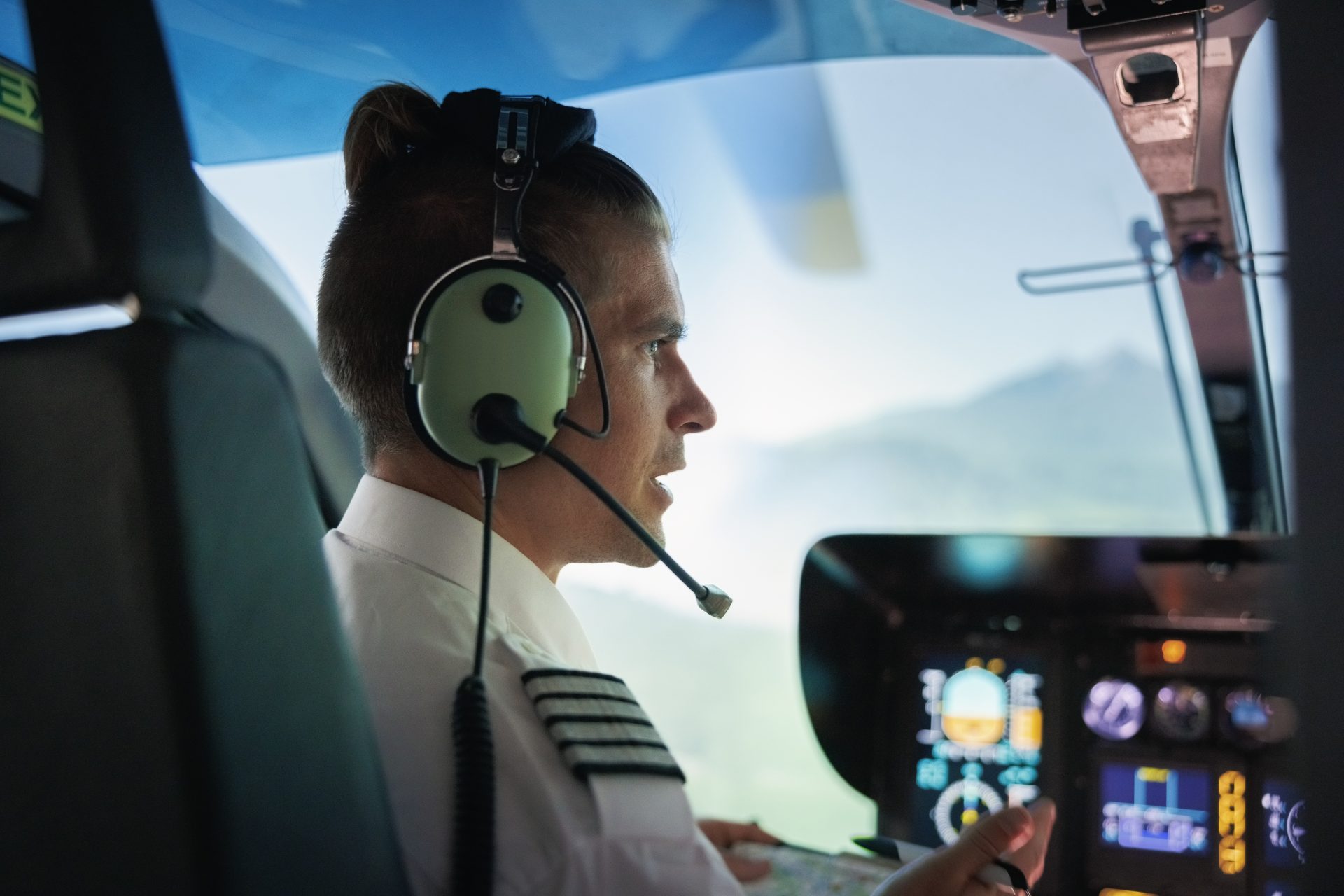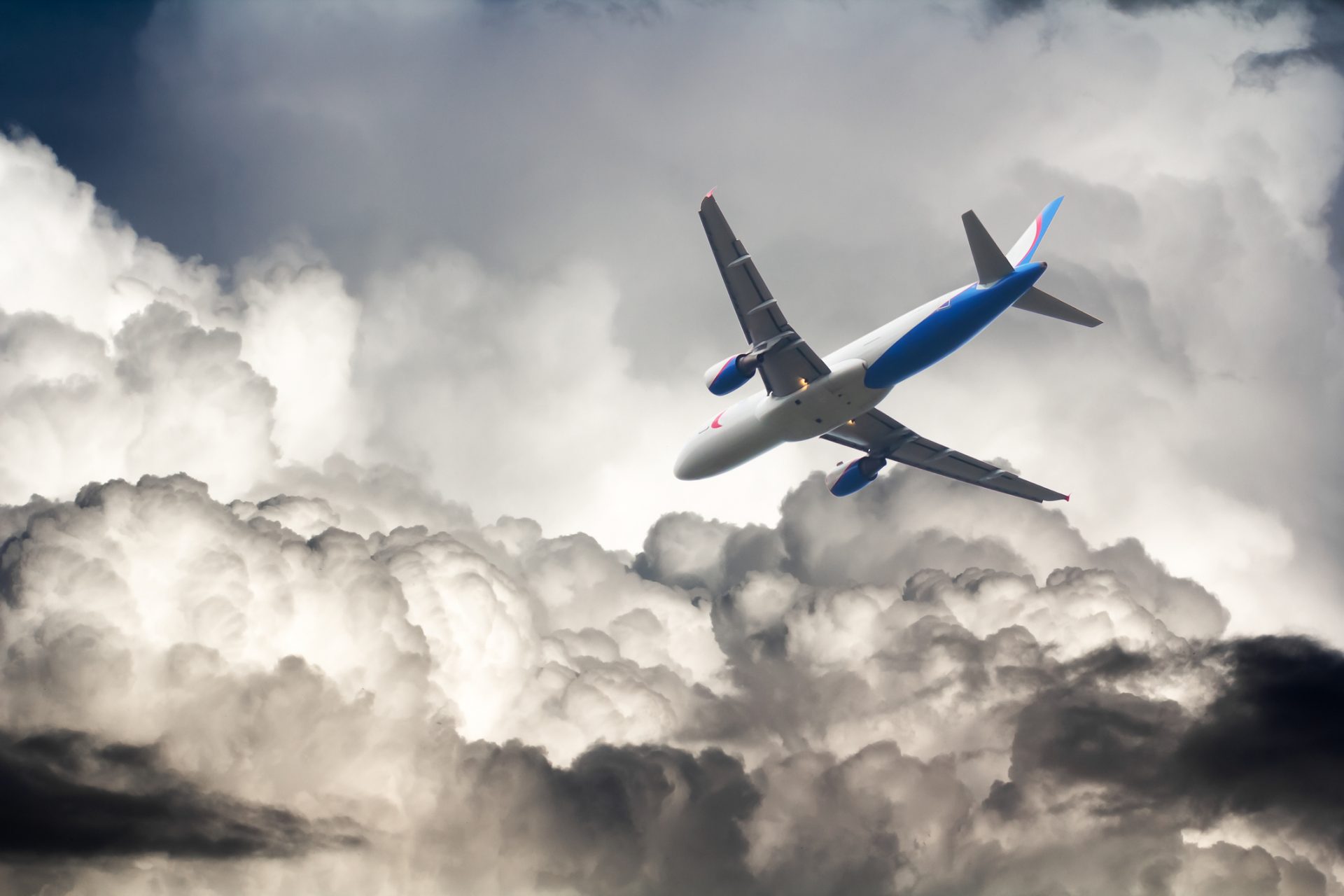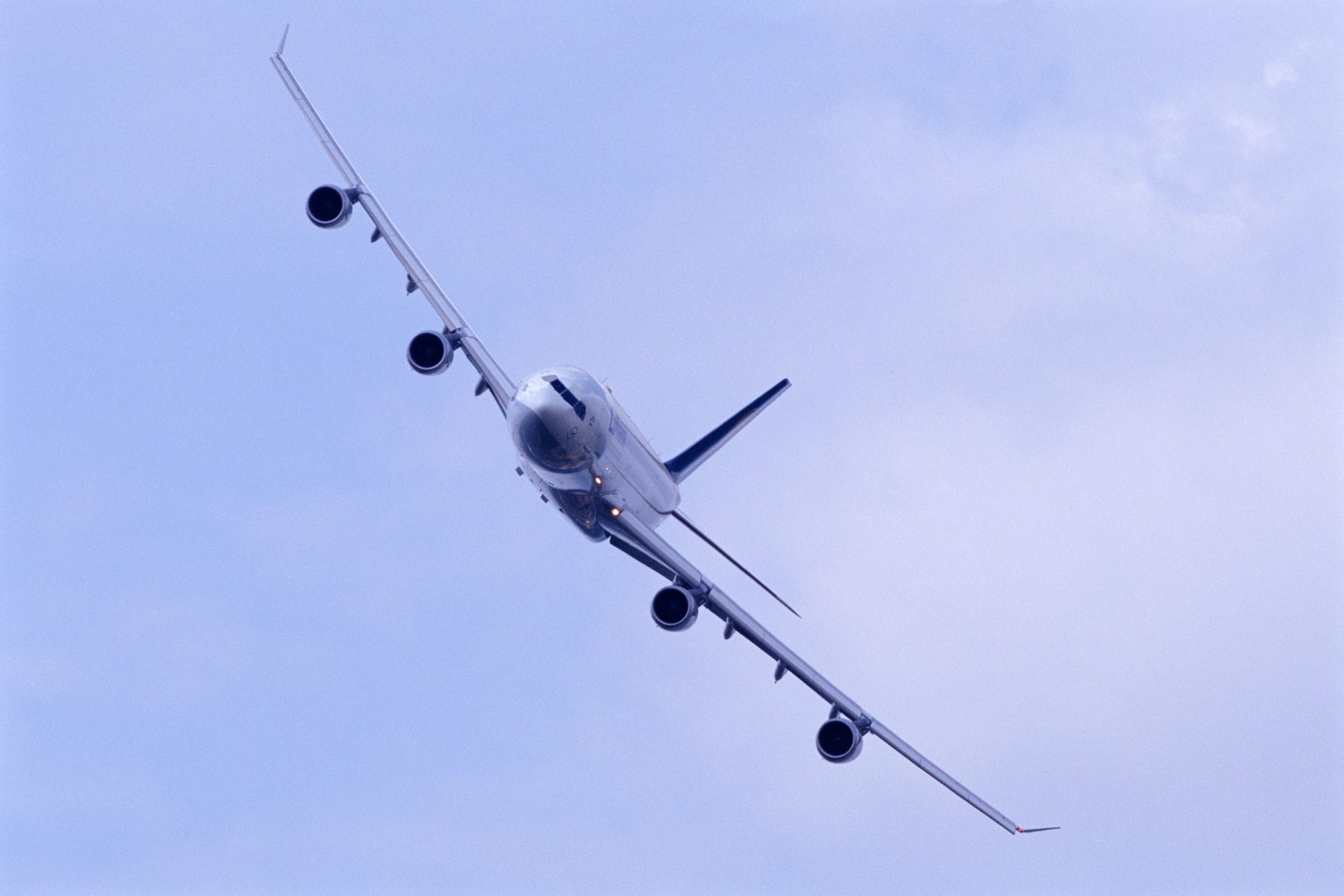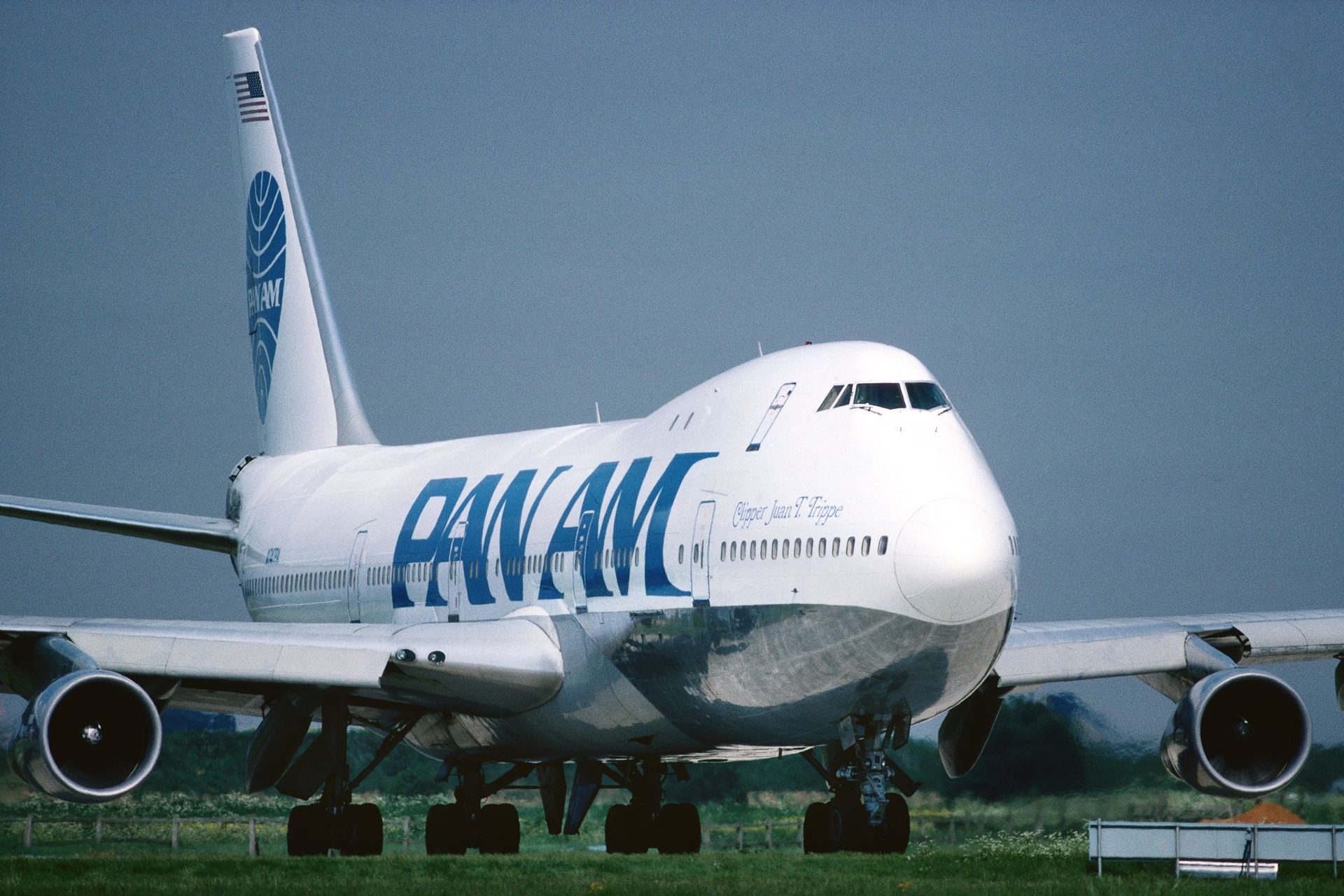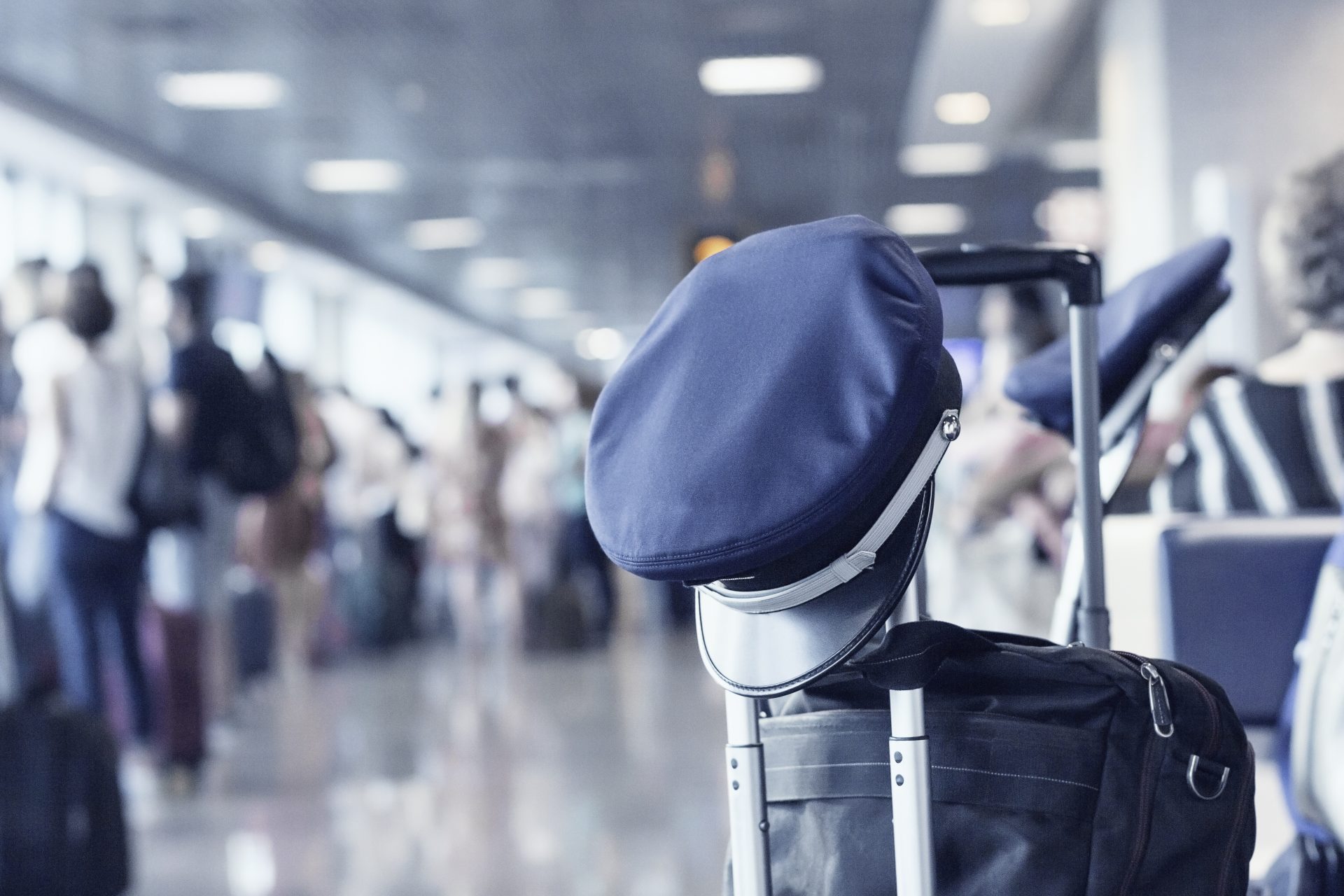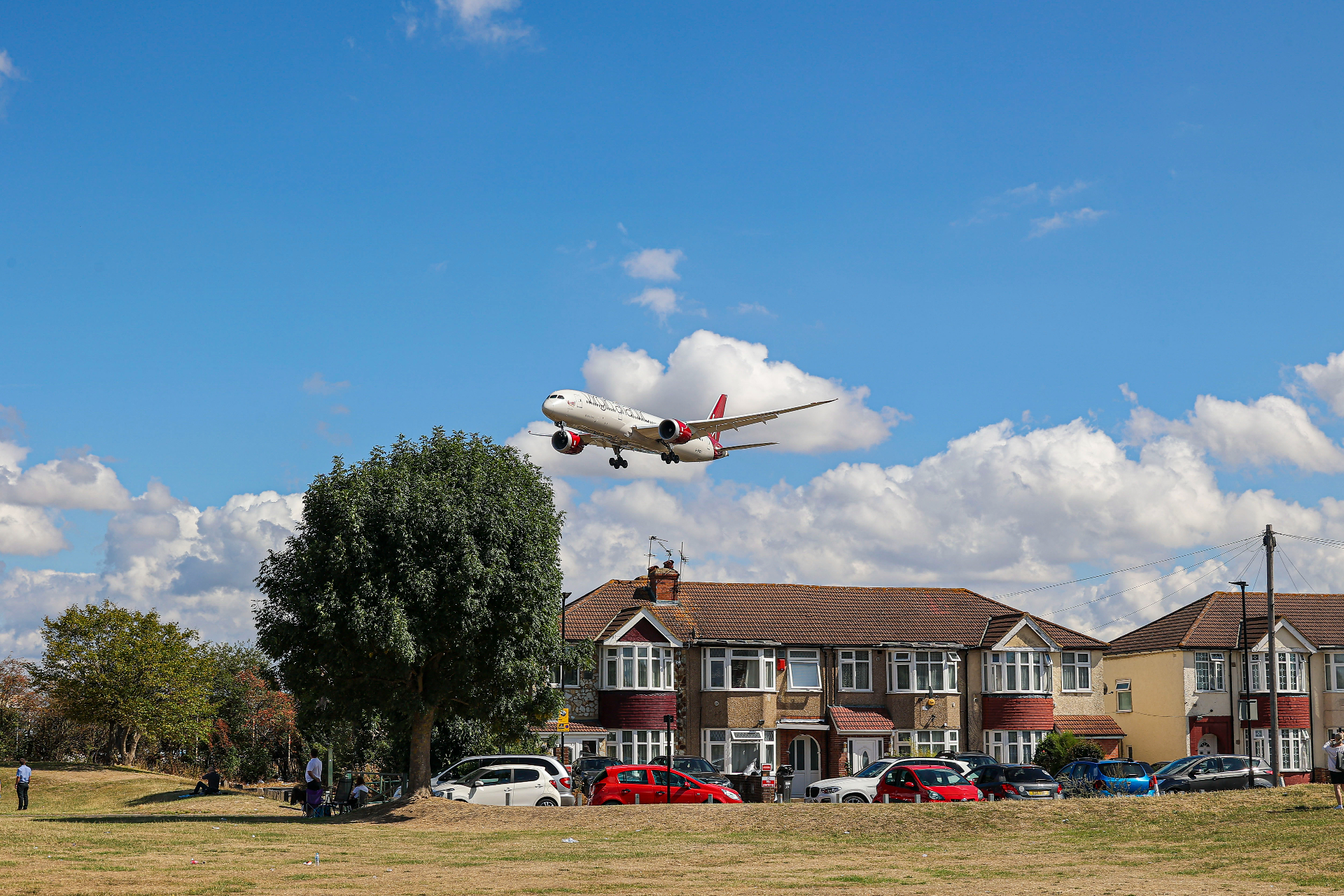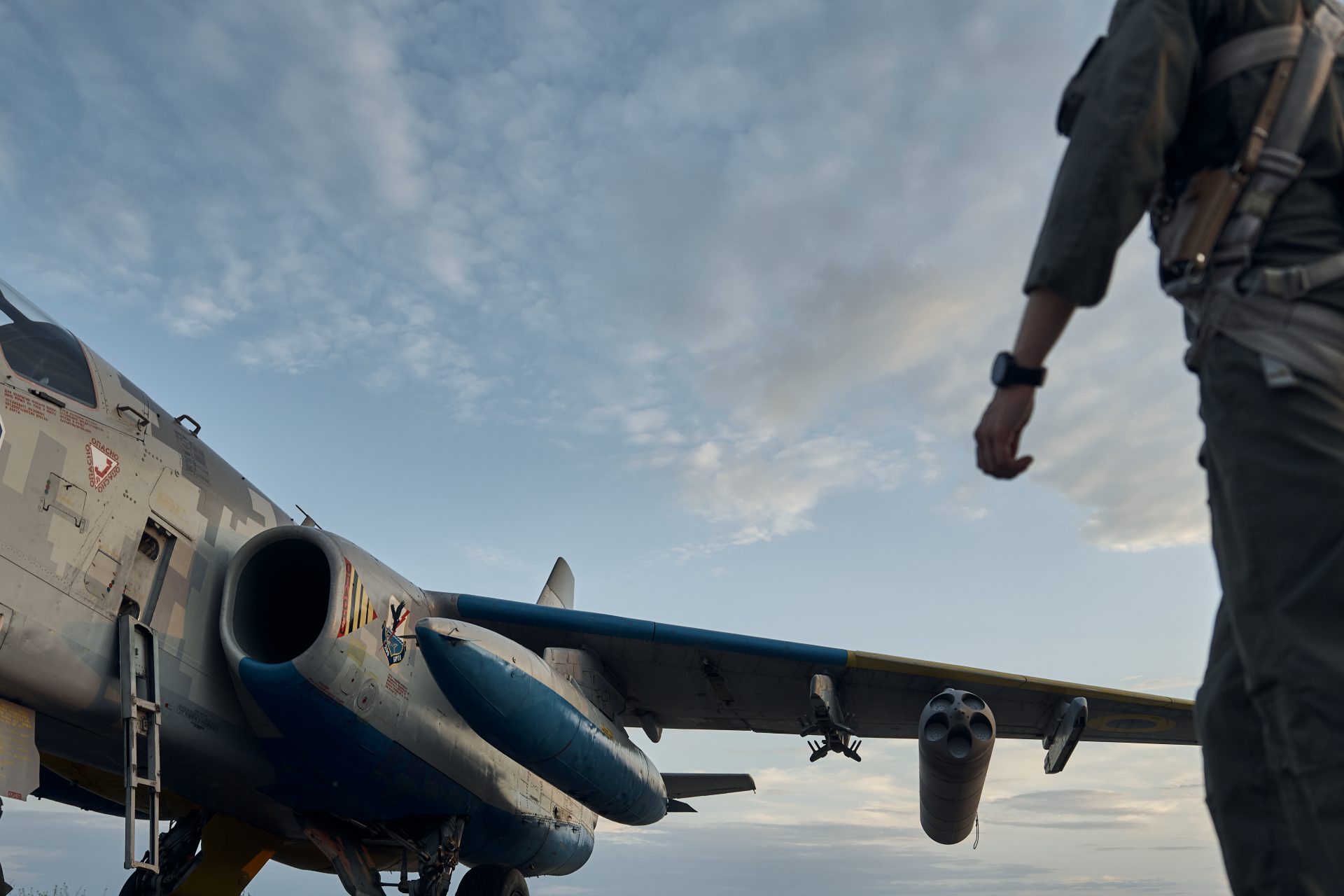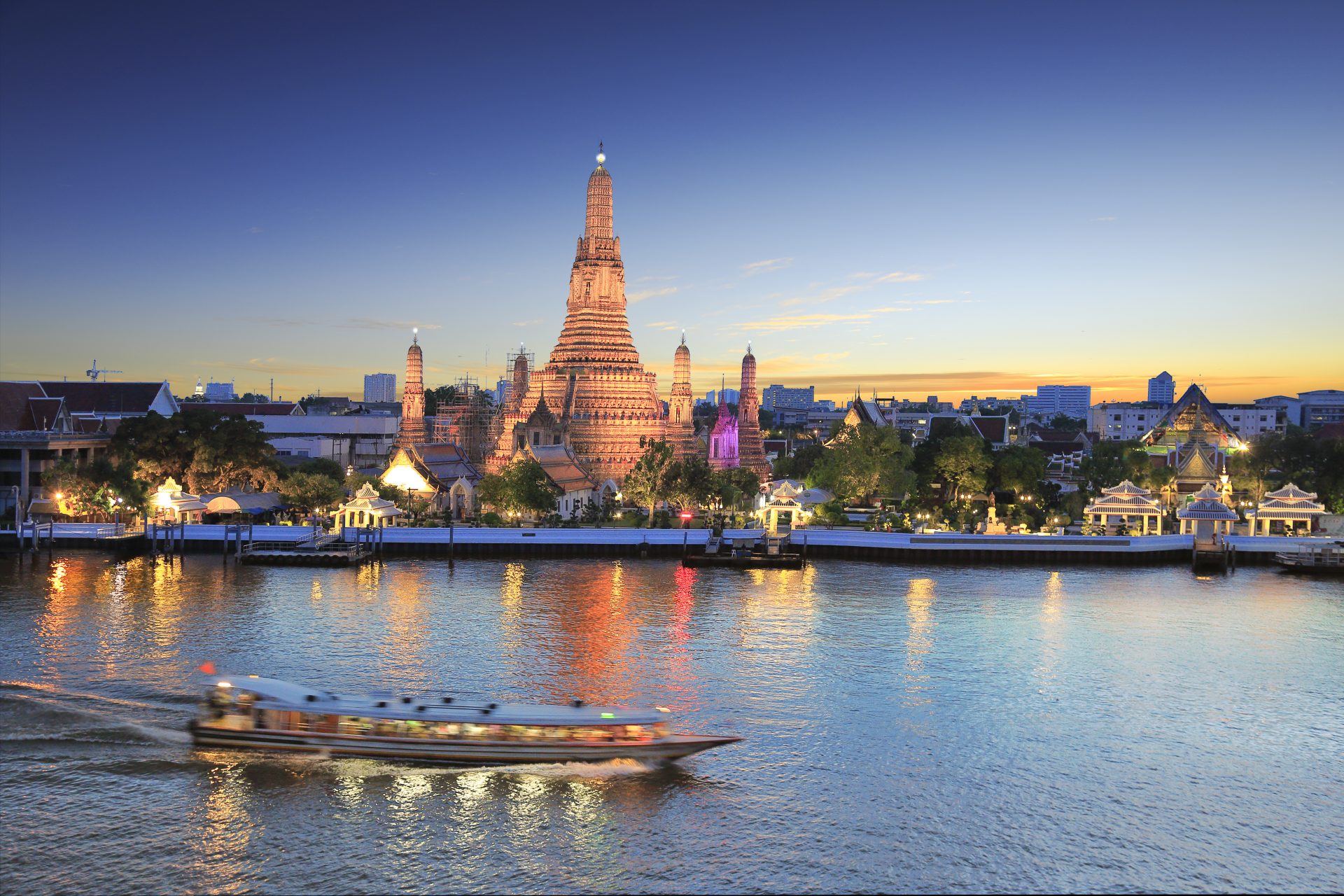Rationales to overcome a fear of flying
Flying is very bad for your carbon footprint. It is becoming less and less fashionable to just take the plane whenever you feel like it. Sometimes, however, there is just no good alternative for air travel.
What happens when the panic of flying keeps you from traveling to places otherwise inaccessible? It's called aerophobia.
Let's look at some arguments against aerophobia. Maybe they will help you be less afraid when boarding a plane.
Photo: John Mcarthur / Unsplash
First of all, and this sounds like a very basic and cliché argument, the plane is the safest vessel in the world. It's true. The International Air Transport Association (IATA) can prove it.
Image: Suhyeon Choi / Unsplash
The IATA estimates that the chance of a flight getting into an accident is 1 in 740,000. It recorded 62 air accidents in 2018, of which only 11 were fatal.
IATA's CEO confirms the safety of flying: "Statistically, a passenger would have to fly every day for 241 years before getting into an accident with at least one fatality on board."
Picture: IATA
Passing through a turbulent zone generates panic among those who are afraid to fly.
Patrick Smith, a pilot and writer, may be able to alleviate your fear. He has published a column on Salon.com for ten years now. It's called: "Ask the Pilot".
About turbulence he says: "in all the history of commercial aviation, the number of accidents caused by turbulence can be counted with the fingers of one hand".
The chance of an accident is very low if we look at the number of successful flights every day all over the world.
Lately, the planes of a certain company have gotten bad press in the United States for safety issues. The Federal Aviation Administration (FAA) therefore announced that it will look more closely at domestic flights in the USA.
As the New York Post cites the FAA, it "routinely monitors all aspects of an airline’s operation" including "compliance with applicable regulations; ability to identify hazards, assess and mitigate risk; and effectively manage safety."
Similarly, in Europe, the European Commission maintains an updated blacklist of airlines that are not allowed to operate in the European space. You don't have to worry when you board a 'cheap' flight. The fact that one flight costs less than others does not mean that it is any less safe.
The European list of permitted airlines ensures that all European airlines (and those outside Europe working on European ground) have exceeded safety requirements and are ready to get their aircraft up and running.
In case you're boarding a flight outside of Europe, just consult this list and make sure you don't travel with any company with dubious safety levels.
In 2015, the European Commission determined the policies that airlines need to follow regarding aviation security. These regulations cover security checks in all corners of the airport and aircraft.
The exhaustive tests of every detail involved in each flight make flying safer than anything. There are rules for all products entering a plane: from hand luggage to food and drinks provided by the flight attendants.
There's a well-known anecdote about how, on a flight between Milwaukee and New Orleans, a flight attendant told passengers: "The safest part of your trip is over, welcome to New Orleans."
But still, many people are afraid of flying. It has to do with the height of the plane, the feeling of claustrophobia, and the fact that you are not in control of - or steering - the vehicle.
The main psychiatrist at the Quironsalud hospital in Barcelona states: the fear of flying is not intrinsically related to an emotional imbalance.
Mindfulness, meditation, and the tools to rationally confront the fear will make it less intense or disappear altogether.
Image: Leslie Juarez / Unsplash
If the very idea of getting on a plane still seems like a nightmare to you, maybe an app called SkyGuru could help you. Alex Gervash, pilot and psychologist, developed the application which is now available for iOS and Android.
With this app, passengers obtain information on the climate, on turbulences, or on the noises that will sound throughout the flight. It is good company to help you keep calm until the time of landing.
An important reason to battle your fear of flying are the beautiful places you could travel to in a plane.
Your loved ones may be far away and miss you very much. It's a good reason for flying.



